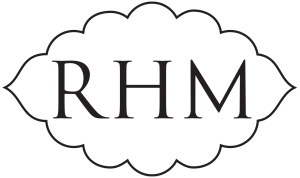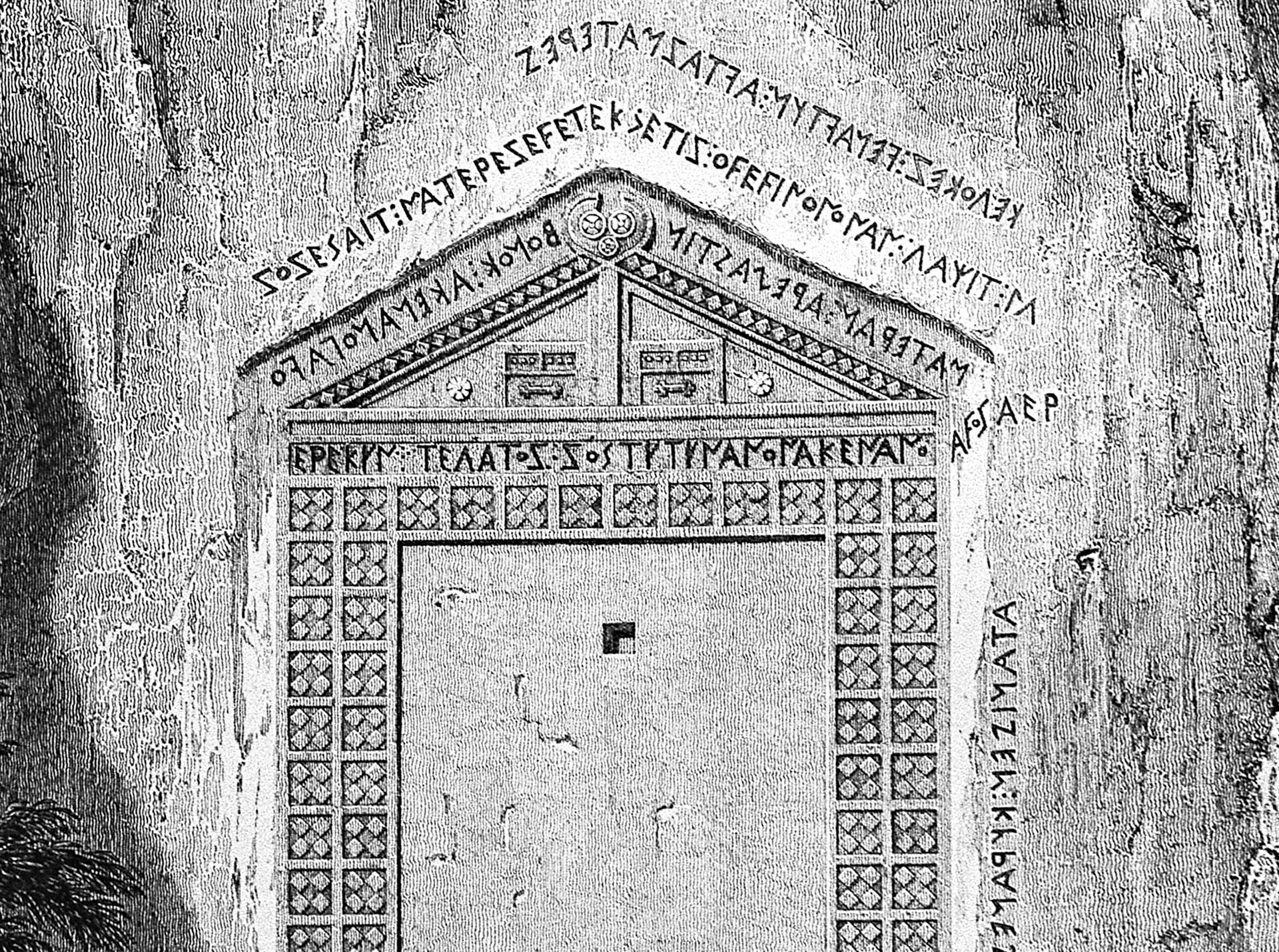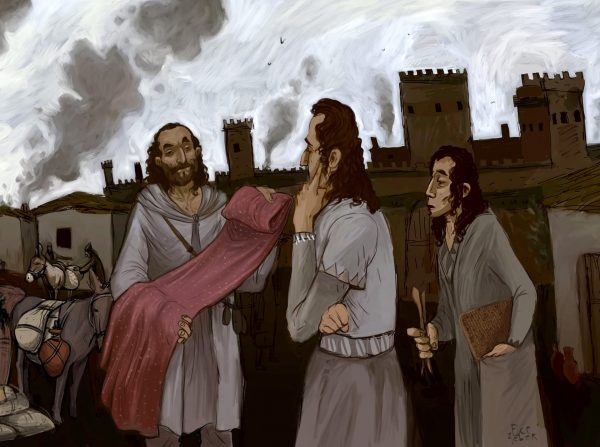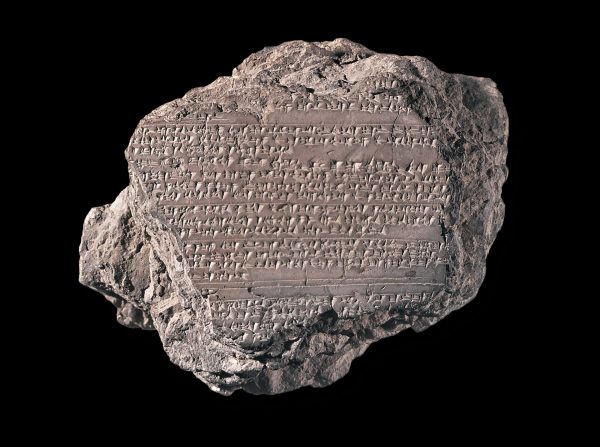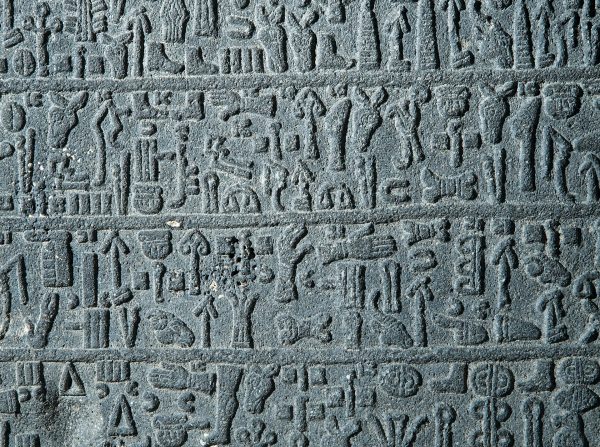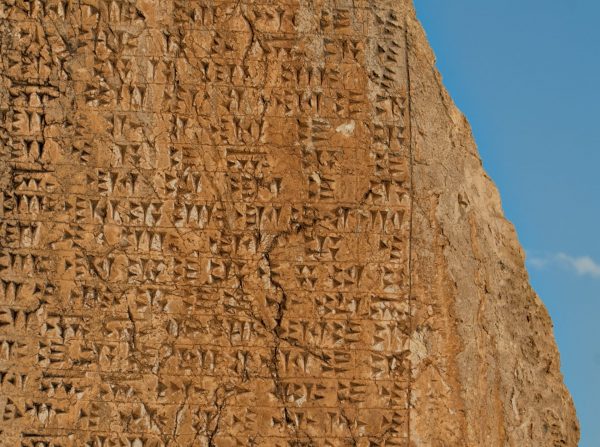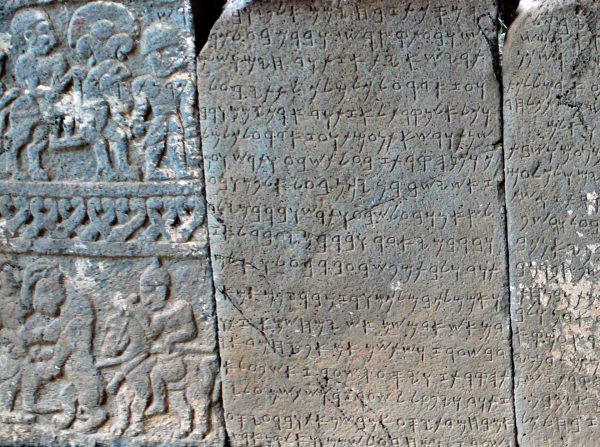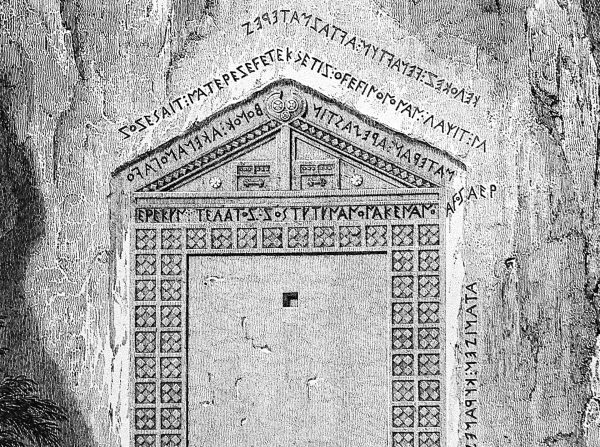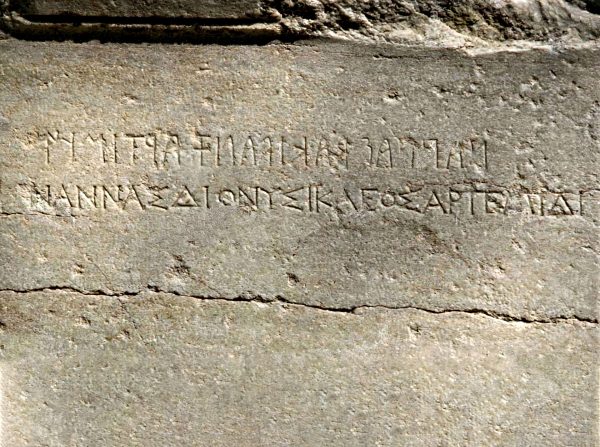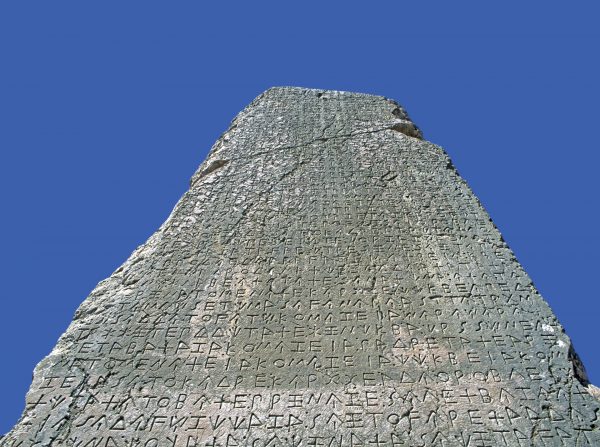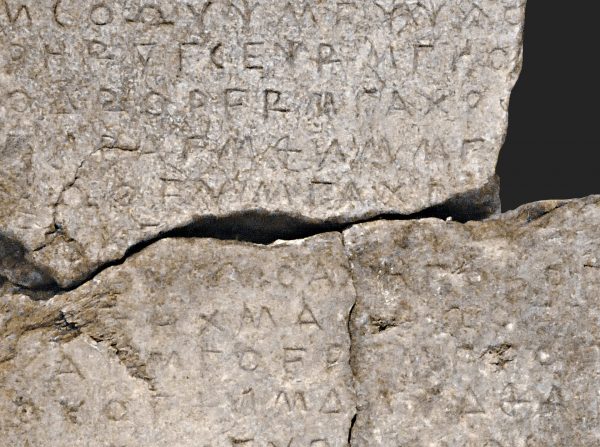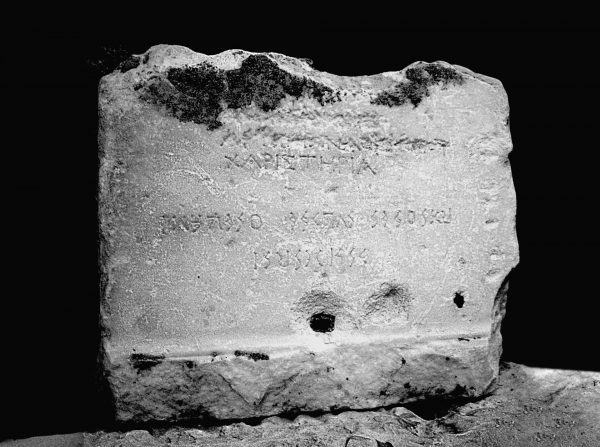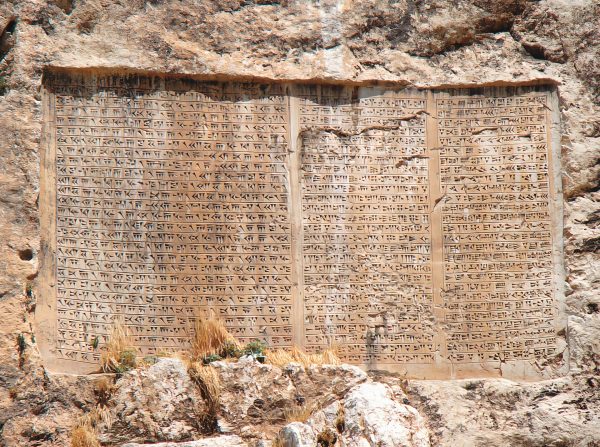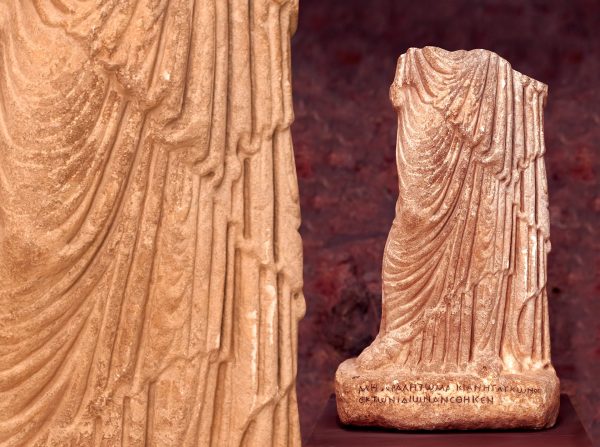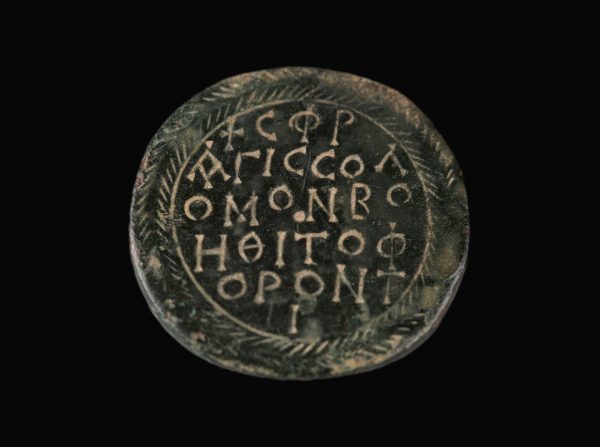Often written from left to right, Phrygian can also be written from right to left and the writing direction may be alternate or boustrophedon, though rare.
Phrygian is connected to a regional dialect called Indo-European Languages; this language is cognate to Hellenic, Armenian, and Albanian. The emergence of the Phrygian script coincides, relatively, with the same period as the birth of the Hellenic alphabet; however, the oldest known Phrygian documents are dated earlier than the first Hellenic ones. The Phrygians used an alphabetic language of Old and New Phrygian. There are 250 documents in old Phrygian dated from 8th to 3rd century BC. New Phrygian, on the other hand, is used in the inscriptions dated from 1st to 3rd century AD and comprised predominantly of malediction formulae against invaders.
Often written from left to right, Phrygian can also be written from right to left and the writing direction may be alternate or boustrophedon, though rare. The Old Phrygian alphabet contains 17 core letters, 5 short consonants /i, u, e, o, a/, four long consonants /ī, ū, ō, ā/, and additional signs of no specific value.
Areyastis Inscription
Place of Discovery: Midas Valley (Eskişehir)
Language: Phrygian
Date: First half of 6th century BC
Material: Limestone
“Bonok, the high priest (?) of the Βρίγες, placed/dedicated (this) Mother Areyastis”.
Of the 240 known Phrygian inscriptions, only 2 contain more than 10 words. As one of these two, the Areyastis Inscription is of particular importance in understanding Phrygian, as it has been entirely deciphered. This inscription has been carved on the front of the rock monument dedicated to Mother Goddess Kybele.
